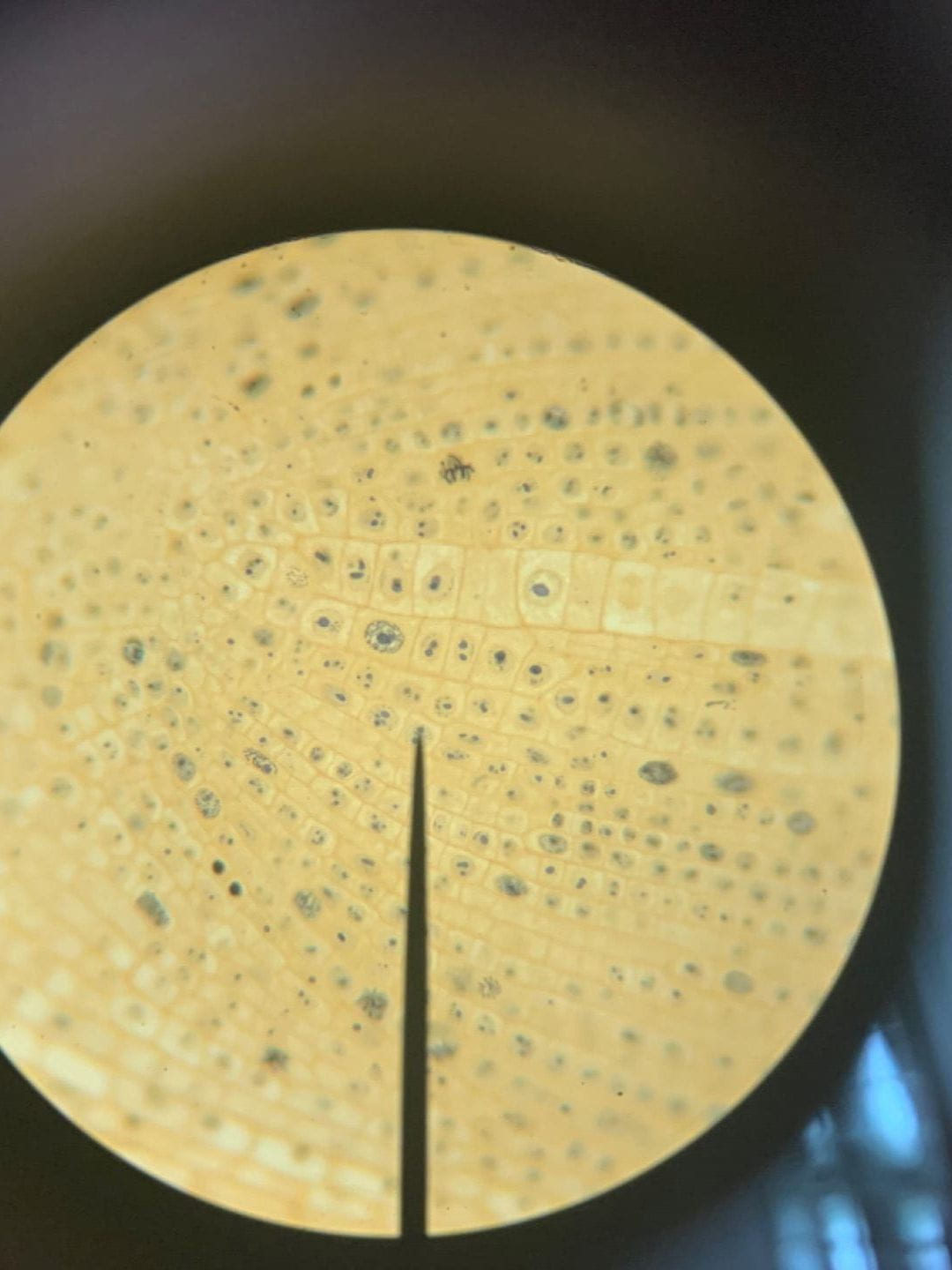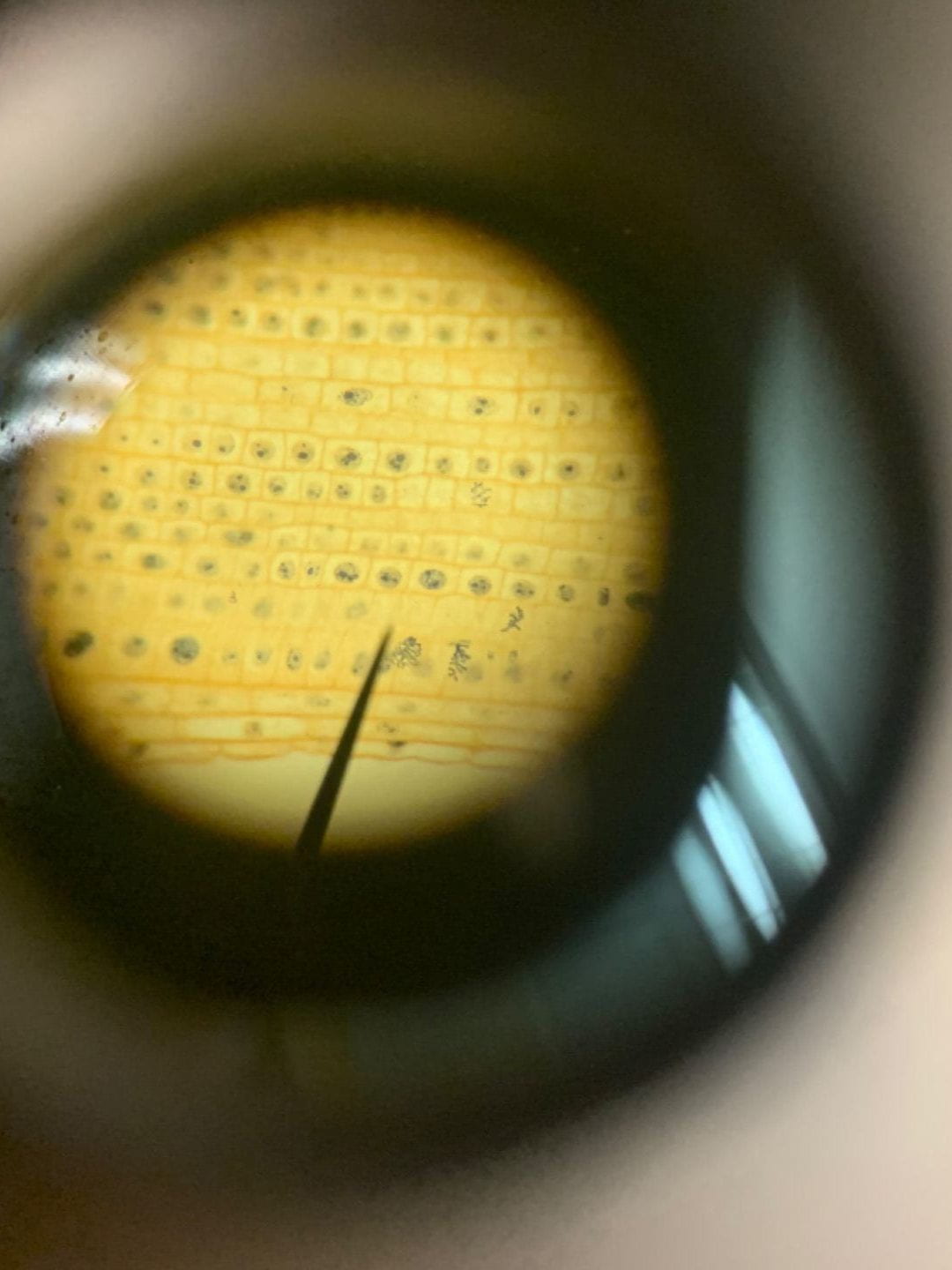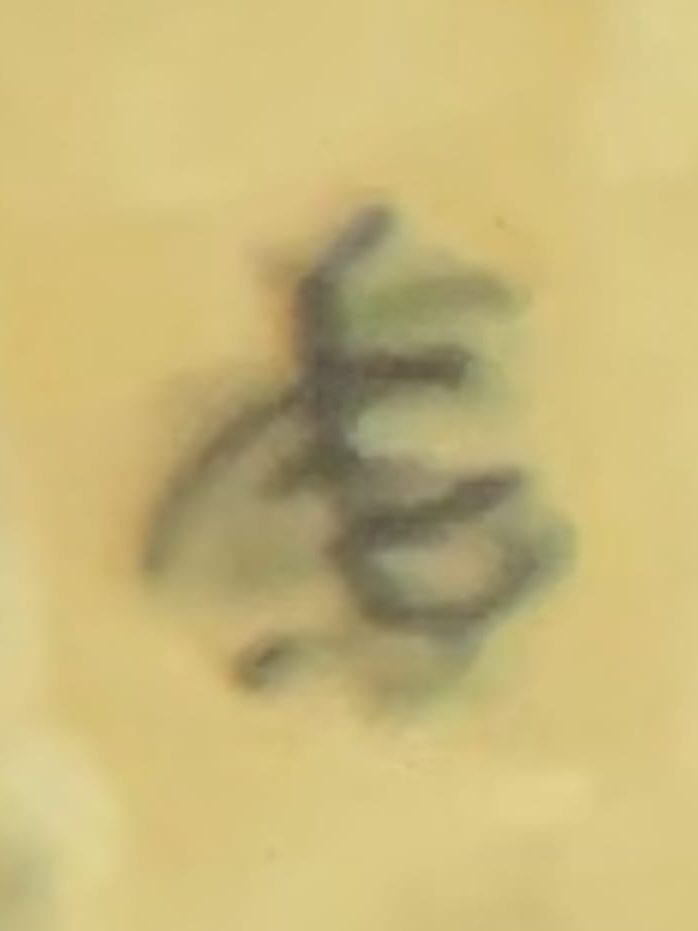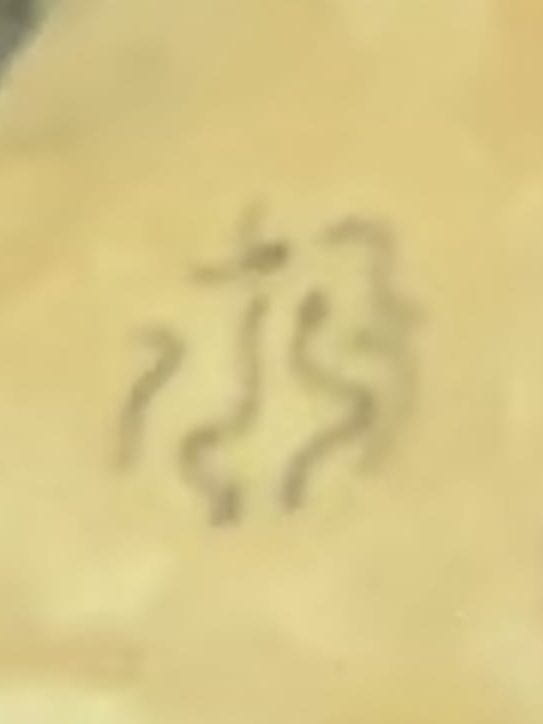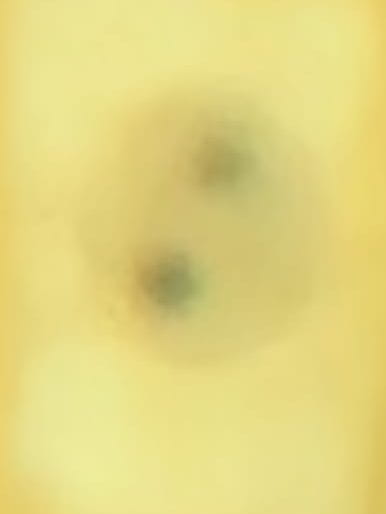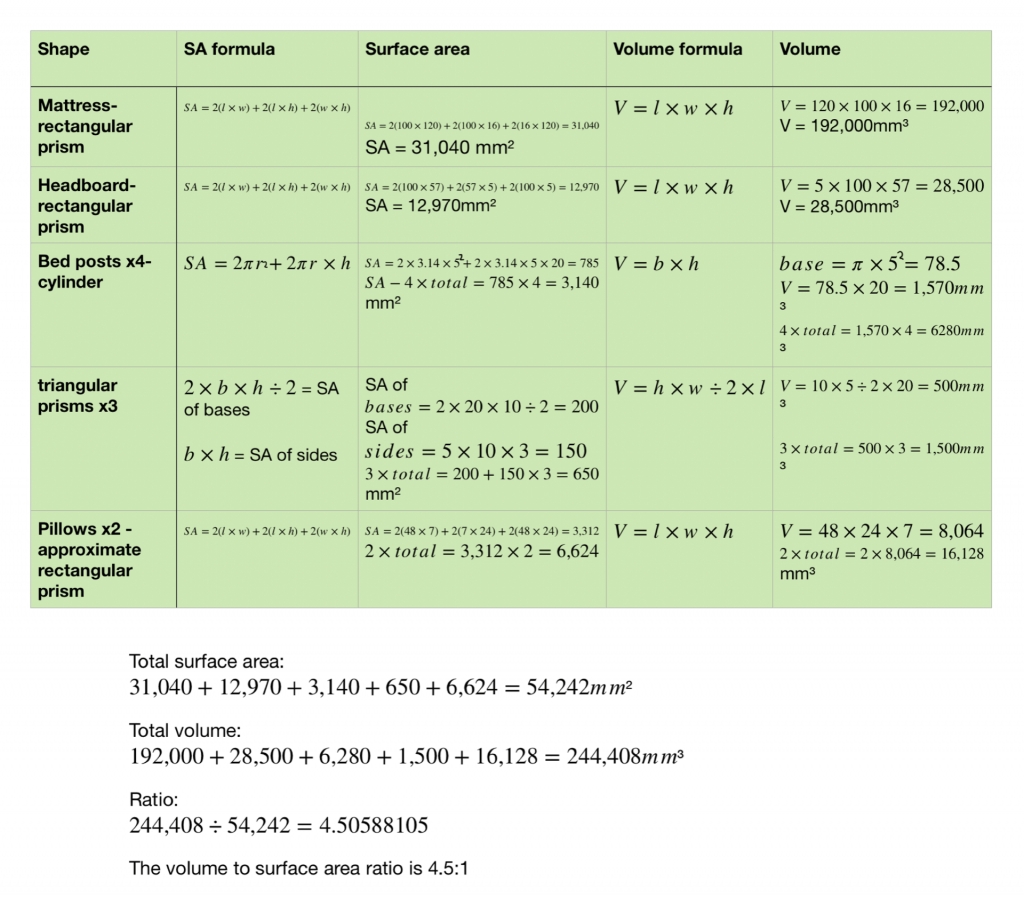Wassup y’all. Welcome to another scimatics post on this benign blog of mine. I am currently writing this in the San Francisco airport on my way back home from my cousins wedding. Congrats David and Sam! Ok lets just get this over with;
Project Overview
This project was called “Meiosis Models” and in this project we were to learn about the cellular reproduction processes of meiosis and mitosis. We would be growing our own garlic samples to put under the microscope and take pictures of the cells during different phases. We also made 3D models in Tinkercad to show the different parts of the cellWe then put all of your pictures and models into a video and added voiceovers to explain the processes and our representations of it with the photos and models. Then the final video would be presented to the class.
Project Mind Map
As per usual we started the scimatics project off with a project start mind map. I put in any questions I had for the project, what I already knew about cells and reproduction, the project, and any of the questions that I had.
At the end of this project we also added to the mind map a section about what we learned from this project and I also answered as many questions as possible that I came up with at the beginning of the project.
Driving Question
How is the reproduction of cells essential to the survival of organisms?
Cell reproduction helps help organisms growing and healthy. They replace cells that are dying with new cells that can take over the jobs of the old cells. They also can make new organisms and therefore prevent the species from going extinct.
Curricular Competencies
Planning and conducting: Collaboratively and individually plan, select, and use appropriate investigation methods, including field work and lab experiments, to collect reliable data (qualitative and quantitative.)
We did a few of workbooks as usual in any scimatics project. I started this project not knowing much about mitosis and meiosis and so I found the workbooks very helpful. As you can see by how much I added in my project end revision of my mind map, I learned a lot of new things. We also did a Khan Academy quiz to test our knowledge on what we had learned from the workbooks. I think this was one way that I really strengthened and solidified my understanding of mitosis and meiosis. It also was a good indicator for where I was with my understanding and what I needed to review. The microscope slides of plant tissues from my garlic were prepared properly using the correct method but unfortunately my garlic did not produce strong images of individual cells so I used the professional cell slides for photographic evidence of mitosis. (Tbh the pictures that I took are pretty cool :p)
Questioning and Predicting: Demonstrate a sustained intellectual curiosity about a scientific topic or problem of personal interest
I used all of my class time efficiently for learning without distractions. I was on the opposite side of the room from my beloved friends and even though I felt lonely on my little island, I did get work done a lot faster.
Scientific Communication: Formulate physical or mental models to describe a phenomenon
This competency is well represented by the final narrated video. This was the final moment for us to demonstrate what we learned and created through at the entire project, in our own style. My recorded video with voice narration explains the reasons for and processes of mitosis and meiosis with accurate 3D models and Photographs. I also accurately describe the similarities and differences between the two processes. Check out my narrated video below.
Conclusion
This project has been one of the coolest biology projects I think we’ve done so far. I really enjoyed being able to use the microscopes to look at the cells. I am exploring going into a career in dermatology so I found this project to be very important for that career path. I definitely learned a heap of new vocabulary and can’t wait for the next bio project we do, although since this year is almost over I might have to wait until grade 10 :(.
Thanks for reading!
As always, Brooke.


